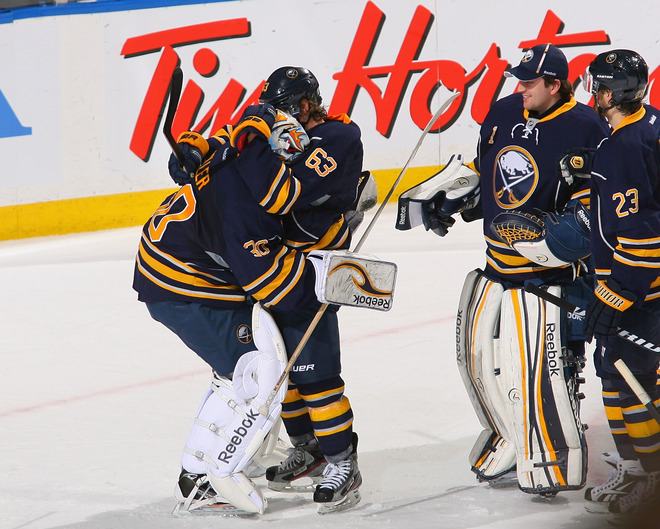With a full season of 2014 data from Pro Football Focus (PFF), it is easier to “see the field.” While we do not necessarily agree with all of the stats on individual players collected by PFF, overall they are correct far more often than not and provide an objective measure of comparison. PFF will be the first to admit that there are always going to be limitations in what they can do when they review film (i.e. what was the player’s assignment on a particular play?). But their service is comprehensive, reliable, and a phenomenal value for any subscriber.
Here are some takeaways from the 2014 PFF data on the NY Giants.
The Bad.
1) Special Teams: 21st place in the NFL.
In 2013, the Giants were in 19th place. In 2012 they were 15th. In 2011, they were 21st. In 2010, they were last, 32nd. The point here is that we dispute the notion that this is acceptable and still ask why we are stuck with Tom Quinn.
2) Run Defense (26th) and Pass Coverage (21st) are both in the bottom 1/3rd of the NFL. Interestingly, pass coverage grades were weighed down by 3 LBers: McClain, Williams and Herzlich. This confirms what we know and what we have been complaining about for..ever…, that our lack of quality LBers hurts the defense underneath. Whenever we take the time to chat with a blogger on another team, we tell them to target the Giants LBers with their RBs and TEs in coverage. This is how the Giants get gashed on a regular basis. And PFF’s stats prove this out. When we drill down for indidual stats of LBers in coverage, 2014 is a wasteland for the Giants. Michael Boley was pretty good (2010, 2011) until his age (2012) caught up with him, a problem for Reese in using FA. Devon Kennard, as a solid draft pick, will hopefully rise (+1.0) in this area.
3) Run Blocking (26th) was in the bottom quartile of the NFL. Guilty parties are Richburg, Walton, Donnell, and Jerry. Jerry was brought in for depth, so we can’t truly be upset there. Reese will hopefully be drafting new players that can push Jerry back in the depth chart or off the roster. Richburg, as a rookie, was drafted as a Center and was thrust into action when Schwartz got hurt. He aims to beef up to handle the bigger DTs. Larry Donnell was a find as a pass catcher but his blocking skills (bottom 10% of NFL TE’s) have been a liability. Perhaps with time and experience he can be a serviceable run blocker.
The Good
4) Johnathan Hankins is becoming one of the best DTs in the NFL. Not only did the 2nd year player get the best defensive PFF grade on the team, he did it with balance on both pass and run. And as measured vs other interior DLmen around the NFL, he got the 7th highest grade this season.
5) The Giants were 11th in Passing, top 1/3rd in the NFL in grading. Those grades improved as the year went on because..
6) Odell Beckham got progressively better. For starters, OBJ never had a single game with a negative grade. In another telling “signature” stat produced by PFF, Odell Beckham had the 3rd highest “WR rating” in the NFL, which is the QB’s rating when throwing to a particular player. Considering #1 and #2 were Randall Cobb and Jordy Nelson (who receive their balls from Aaron Rodgers, the #1 rated QB on PFF), it just means that Beckham makes Eli Manning into a terrific QB when he has all-world talent to throw to.
6a) Some people have reservations about anointing Beckham’s star status. Frankly, these people are clueless. As another example of Beckham-PFF-style, he has the 4th best (lowest) drop rate of any WR in the NFL, as a ROOKIE. This is where PFF’s stats are monster.. they use “catchable” passes. (While a subjective stat, over the course of a season it averages out.)
7) Eli Manning rose from 30th to 18th amongst NFL QBs in 2014 from 2013. Yes, the offense was broken, and McAdoo and Beckham have helped put Eli in a position to be better. Eli took 12 penalties in 2013, and only 4 in 2014, another example of help from McAdoo’s offense… getting everyone up to the line of scrimmage faster.
8) Jason Pierre-Paul ascended as the season wore on. Only the team will be able to figure out exactly how much he is worth in Free Agency. Importantly, good and bad, he claims to have been hampered by a stinger he got vs DET in Week 1. His #s improved late in the season, but how much of that was due to the weaker competition? His pass rush went from -3.4 after 12 games to +5.6 after the season was over.
9) Reuben Randle got better, generating acceptable PFF grades in the 2nd half of the season.
10) Robert Ayers is a keeper. He’s not effective in run defense (-3.0) but more than makes up for it in pass rush (+18.8).
Summary
There is indeed a lot to build on. But let’s not sugarcoat the Defense, which has more than a few needs. And those attempts by Coughlin to defend Fewell and Quinn are frankly lame; objectively we have shown above with PFF’s statistics that the Giants are not getting it done on Defense or Specials.
Thanks as always to PFF for allowing us to cite their statistics.
Add The Sports Daily to your Google News Feed!
